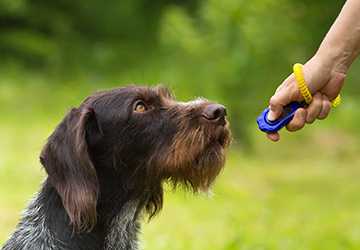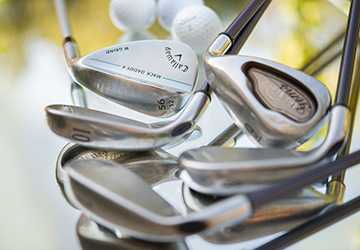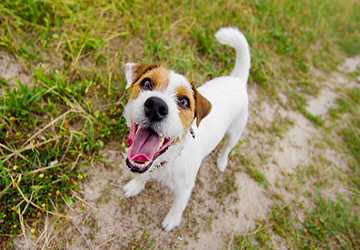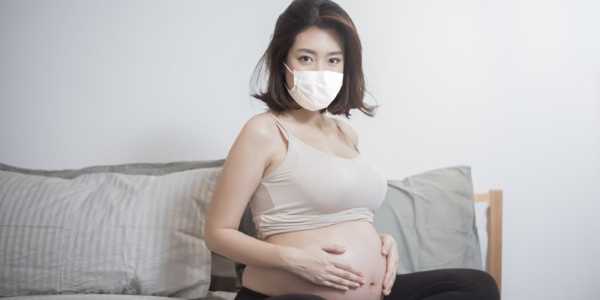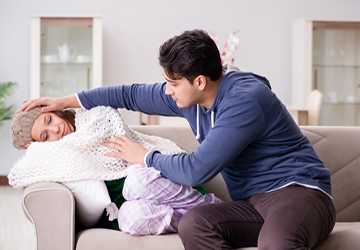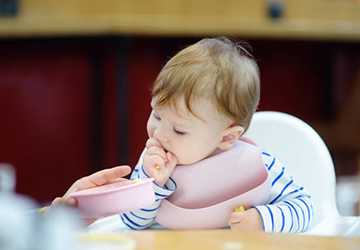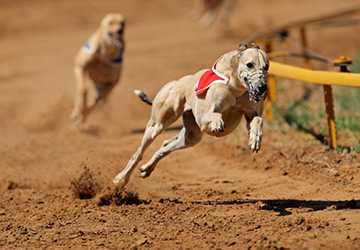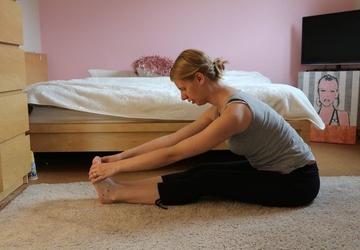Your curious little one is growing fast, exploring every corner and reaching for hazards like sockets and furniture. Babyproofing goes beyond locking cabinets—it means planning ahead to eliminate dangers before your baby finds them. Keeping a babyproofing checklist is essential to ensure your home is safe. Here’s how to make your home secure for your baby.
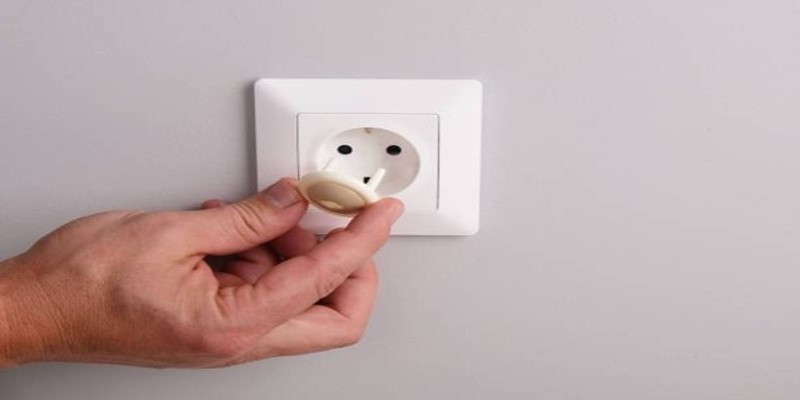
Secure Heavy Furniture And Tvs
Babies love to climb, and once they start moving, they will pull themselves up on anything sturdy or not so sturdy.
Dressers, bookshelves, and TVs can tip over quickly if a child pulls on them. This is dangerous but very easy to prevent.
Secure heavy, large furniture items to the wall with anchors or mount your TV. Keep heavier items off tall shelves to minimize the risk of them falling onto your baby.
Cover Electrical Outlets And Hide Cords
Outlets attract little fingers and are naturally drawn to them, which is why they must be protected.
Outlet covers keep tiny fingers away from potential shocks; cord organizers keep power strips out of reach and loose wires out of reach. If you have lamps or chargers plugged in, secure the cords with cable concealers to prevent tripping and any electrical danger.
Attach Baby Safety Gates To Doors And Staircases
Your child will crawl, and staircases will become one of the most significant hazards in your home before you realize it. One step up or down may lead to a nasty tumble.
The best preventative measure is to install baby gates at the top and bottom of the stairways. For extra security, go for hardware-mounted baby gates, especially where the top of the stairs is connected, as pressure-mounted kinds may not be as strong here.
If you want to keep the baby out of certain rooms, such as the kitchen or bathroom, install a baby gate at each doorway.
Securing Cabinets And Drawers
When babies discover doors, they will not stop trying to open any door within reach. Of course, many cabinets store dangerous goods, from sharp utensils to cleaning supplies.
If you wish to keep your child safe, childproof such cabinets in bathrooms and kitchens. Take cleaning products away from under the sink. Keep them on shelves where they cannot reach at all.
All drawers, especially those found in the bathroom and kitchen, must have safety latches so that children cannot pull out hazardous objects.
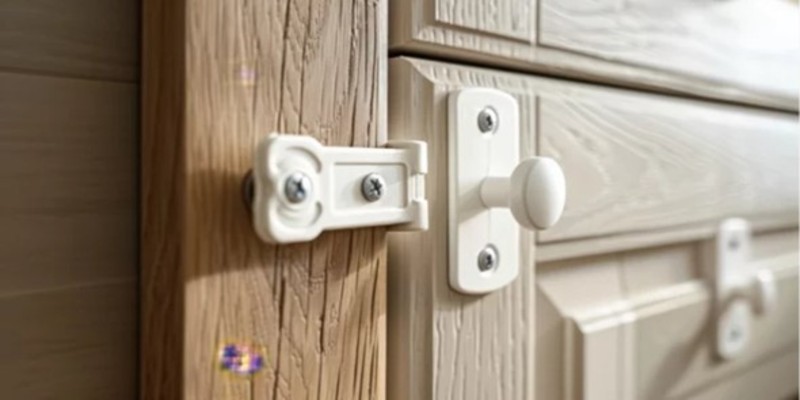
Protects From Sharp Corners And Edges
Sharp edges on furniture can pose safety hazards, especially when your baby pulls themselves up. These sharp edges include coffee tables, countertops, and even TV stands.
Sharp edges can be dangerous when a child tumbles. Installing corner guards can cushion the sharp edges, reducing or preventing injury. If you intend to buy new furniture, prefer furniture with rounded edges.
Using a padded hearth guard may insulate the child against the hard surfaces of a fireplace or other hard surfaces in the home.
A Safe Place For The Child
The nursery should be the safest place in the house, but dangers lurk. Remember to keep cribs away from windows, as babies can entangle themselves in curtains or blind cords.
Use cordless window treatments wherever possible. Cribs should either have breathable bumpers or nothing to minimize the risk of suffocation. Lastly, consider secure and safe changing tables—these features will help prevent your little one from rolling off.
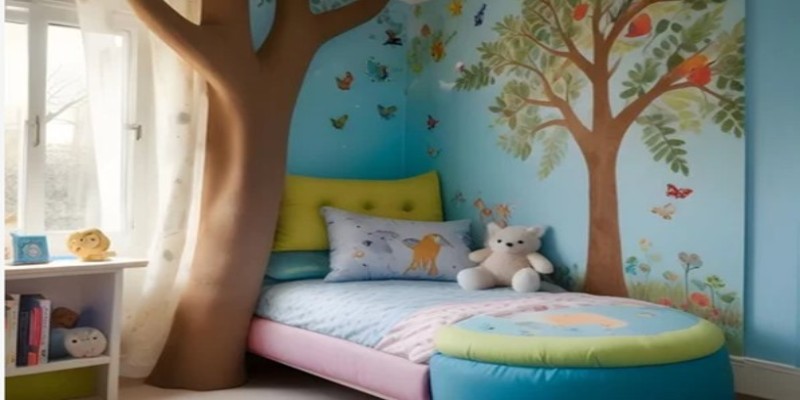
Keep Small Objects And Choking Hazards Away
Babies put everything in their mouths; thus, anything small could be a choking hazard.
Always check your floors and low surfaces for small things your baby could accidentally swallow, such as coins, buttons, or batteries. Medications and vitamins should always be locked in cabinets, as even one pill could pose a hazard.
Toilet locks are a wise precaution for blocking a curious toddler's bathroom explorations, preventing possible drowning from falling into the bathtub or playing in the water.
Babyproofing: More Than An Afterthought
Babyproofing is never a one-time thing; it is something you do repeatedly for the rest of your life. While baby and toddler-proofing may keep dangers away one day, by the time the next month rolls around, an entirely new set of risks may await.
One month, they will be happy to lie on their backs; the next, they crawl into every dark corner. For this reason, think ahead.
Using this checklist for baby-proofing and with the help of baby safety essentials for new parents, your home will help you achieve the best possible safety for your child to roam about safely without the risk of injury.
Another way to create a safer environment for your child is to invest in the best babyproofing products and continuously be aware of possible hazards. With just a few thoughtful alterations, you will create an environment for your child to grow, move, play, and discover without fear of hurting himself.

